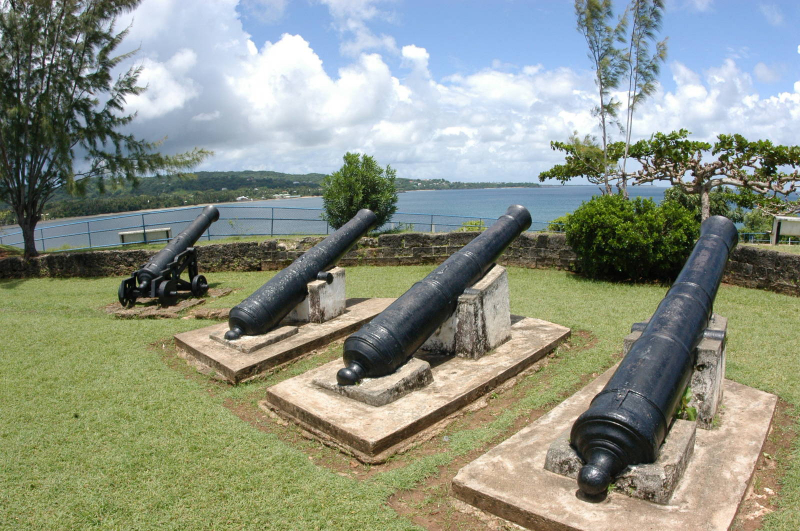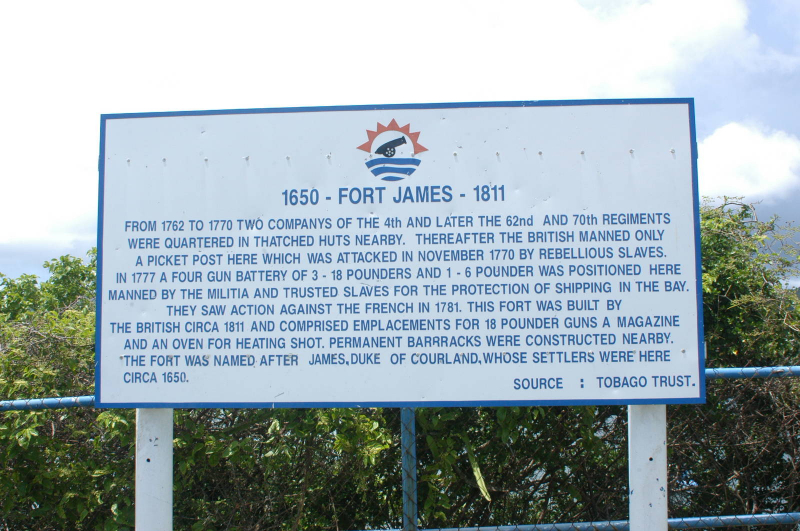Fort James
Fort James, like other forts in the country, is noted for its epic panoramic vista, which is one of the historical attractions in lovely Tobago. Fort James was built by our European colonizers in the early 1760s, and it passed through the hands of the British, French, and militia like a baton in two relays. It is Tobago's oldest fortification site. Take a walk by yourself or with friends, read a book, or pose for a photo with your head firing out of a cannon. In any case, Fort James provides a picturesque setting for anybody interested in culture and history, nature enthusiasts, or anyone looking for a fresh scene or getaway. This place is considered as one of the most beautiful historical sites in Trinidad and Tobago.
Fort James, named after James, Duke of Courland, was built as a barracks by the British in the 1760s near the tranquil town of Plymouth. The surviving stone building and the four cannons lie on a well-kept promontory overlooking Great Courland Bay, making this a great spot for viewing, relaxing, and picnics. A picket station was maintained by the British soldiers here, which were assaulted by rebelling slaves in 1770. To safeguard the Bay's commerce channels, a four-gun battery staffed by the militia was built in 1777. The French attacked the Fort in 1781 and conquered and held it until the British reclaimed the island in 1793. The Fort is also adjacent to two other well-known Plymouth attractions: the Mystery Tomb of Betty Steven and the Courland Monument.
Location: Plymouth, Tobago











